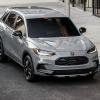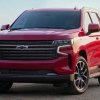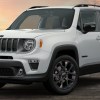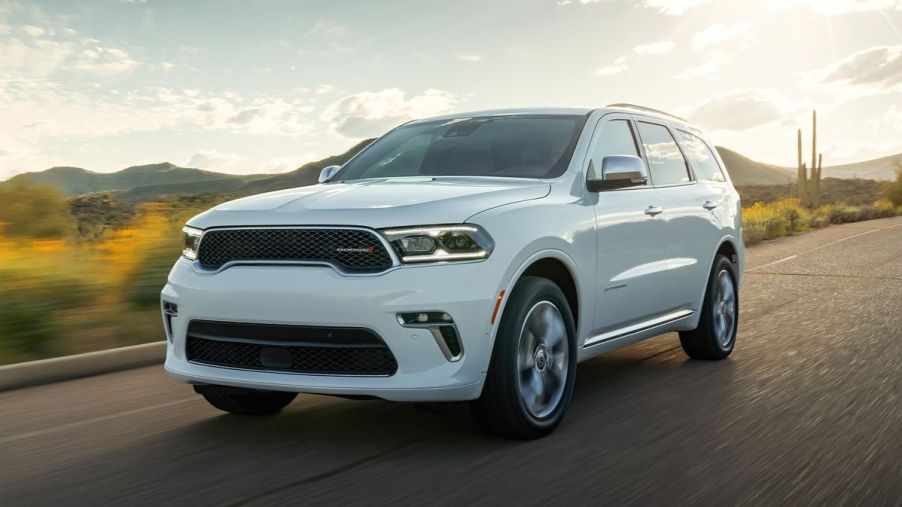
The Evolution of the Dodge Durango: A Dying Breed
The evolution of the Dodge Durango has been a long, winding road over more than 20 years. An SUV synonymous with power and versatility, the Durango will soon go by the wayside. Every year powerful V8 vehicles disappear, and the replacements are eco-friendly alternatives. Where did the Dodge Durango start, and how did it get here?
The OG Dodge Durango (1997-2003)
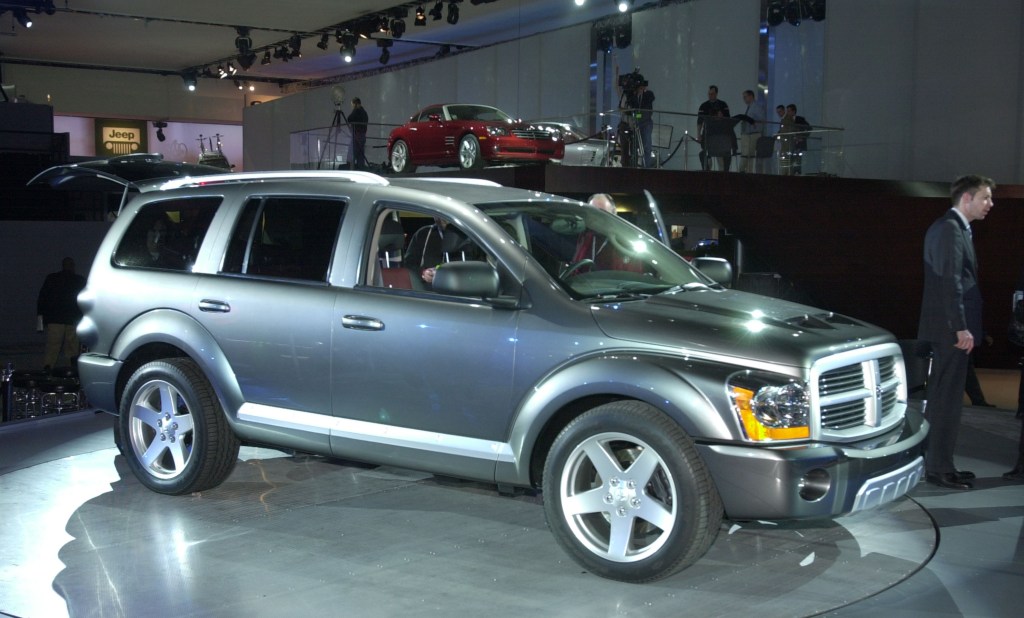
The evolution of the Dodge Durango began when it was introduced in 1997, but it was released as a 1998 model. It replaced the Ramcharger in Dodge’s lineup, which stopped production after 23 years. It originally shared a platform with the Dodge Dakota pickup truck, which was very easy to see. The exterior design of the Durango was quite similar to the Dakota; consequently, the crosshair grille, horizontal headlights, and curved windshield made the two indistinguishable from the front.
The interior of the Durango followed the same pattern. It was virtually the same design as the truck on which it was based. For the 1998 model year, the Durango gained the third row of rear-facing seats. This change bolstered the Durango to an eight-passenger, four-door SUV. The third-row option eventually disappeared because, at the time, it wasn’t something for which customers asked.
Generation 2: The introduction of the Hemi (2004-2009)
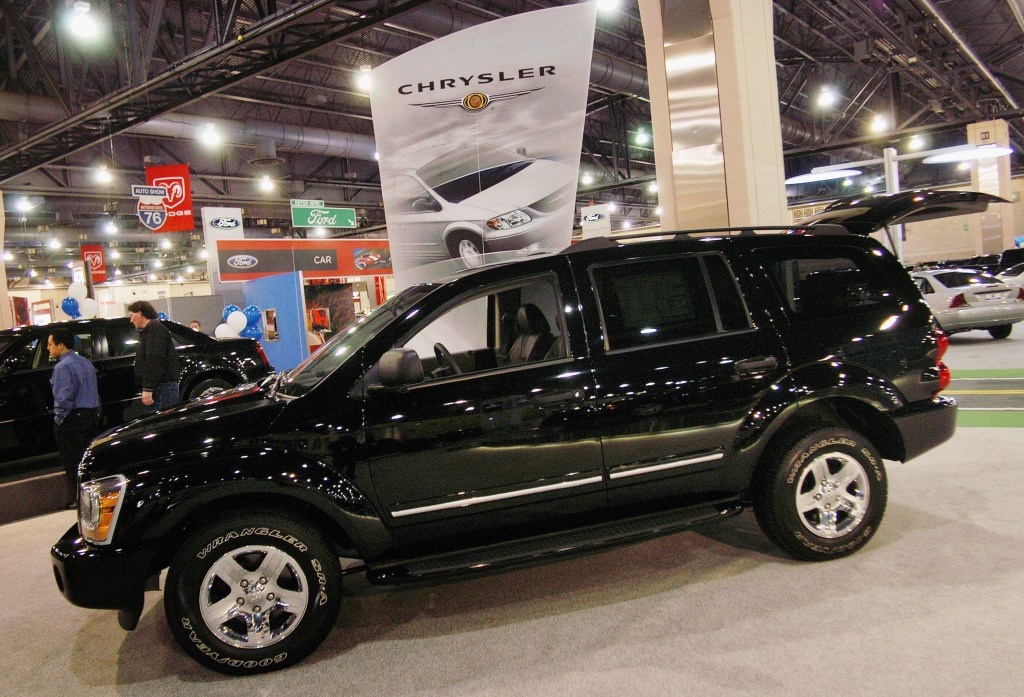
The second generation of Dodge Durango was the first to gain the 5.7-liter Hemi engine. This model was also based on the same chassis as the Dakota pickup truck and featured three-row seating. Initially, it came with three different trim levels, Limited, SLT, and ST. Each of the trims came in either four- or two-wheel drive and started at $26,215.
In 2007, the Durango received a refresh before the next generation launched in 2010. New features introduced included electronic stability control, tire pressure monitoring, rear park assist, and a one-touch turn signal. Dodge added a redesigned hood, making the Durango stand out a bit more from its platform partner. The automaker discontinued it due to a massive decrease in demand, but it would return a few years later.
The evolution of the Dodge Durango enhanced performance (2013-2020)
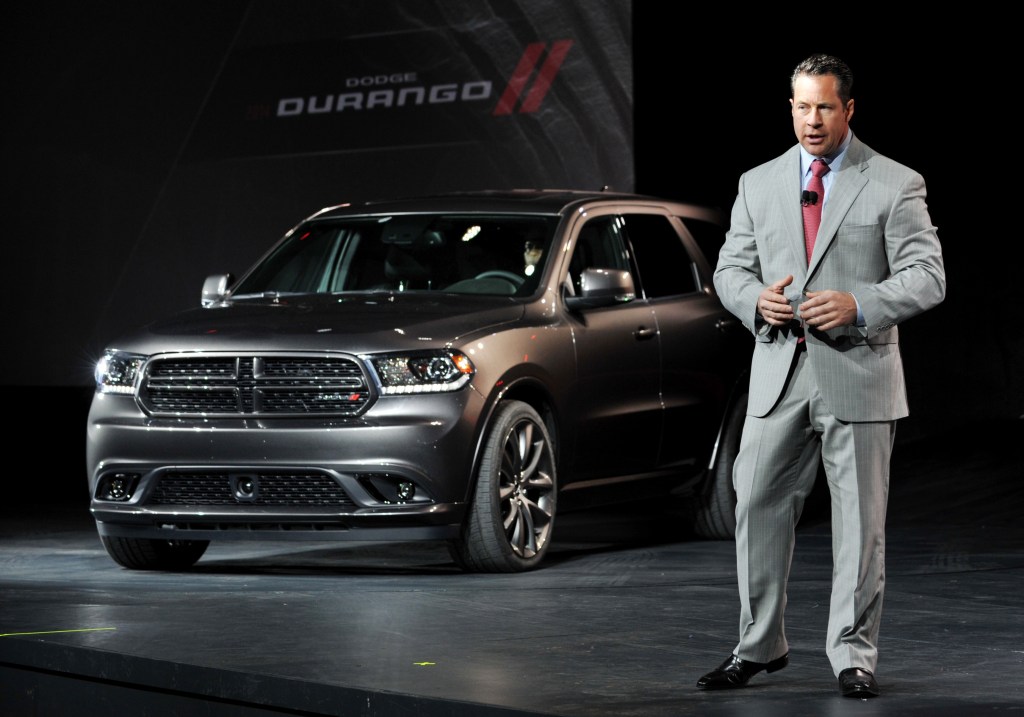
Sometimes in the automotive industry, the buying market is like a little kid. Once you take away the toy they didn’t want, they immediately want it back severely. The demand for a large SUV with cargo and passenger space rose tremendously during the Durango’s absence. When it returned, Dodge focused on making it a one-of-a-kind unbeatable driving machine.
According to AutoEvolution, the 2014 Durango came back with the latest technology, performance, and modern design. In addition, Dodge sculpted the exterior to look more muscular and powerful, and it stepped away from appearing exactly like other Dodge models. The rear LED racetrack taillamps helped the backend to stand out from everything on the road. Inside, it received new features like 8.4-inch touchscreens, forward collision warning, Uconnect Access via mobile, and more. Over 60 safety and security features were also introduced, which became increasingly more important with larger vehicles.
Enjoy it while it lasts (2020-2024)
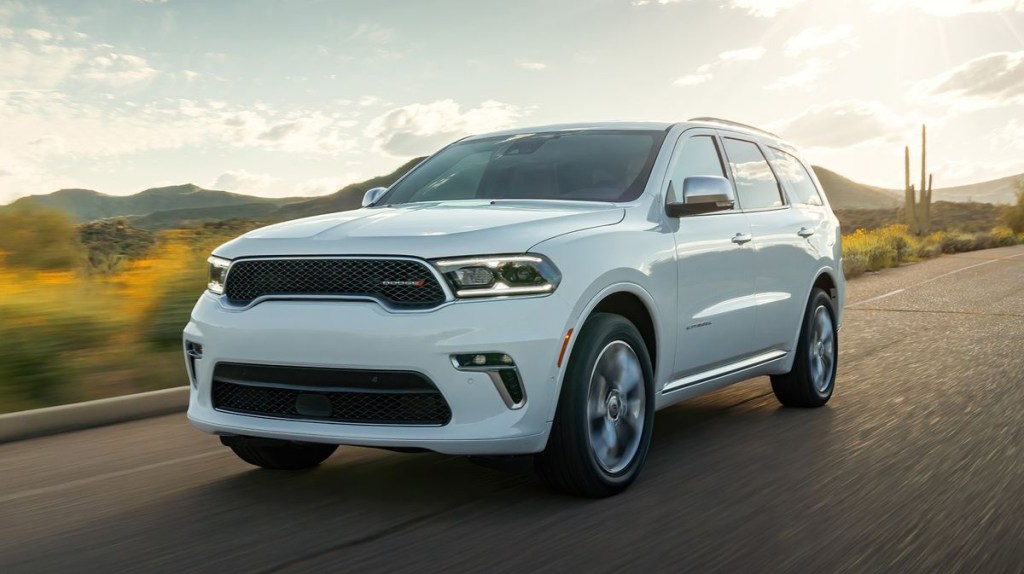
That brings us to today with the current and final iteration of the Dodge Durango. The 2020 model received revised headlights, a different grille, and a new front bumper for the current generation. It also received a new interior featuring a standard 8.4-inch U-connect system for the bottom trims and a 10.1-inch unit for the top. It was released with two engine options, either the 3.5-liter V6 or the 5.7-liter V8 Hemi.
After only two years, the 2022 model did away entirely with one of the most loved models in any lineup. The Dodge Durango SRT Hellcat is discontinued, and it no longer has a V8 engine. The base model SXT also gained new features like blind-spot monitoring, rear parking sensors, roof rails, and more for the 2022 model year. In addition, the GT and GT Plus trims now come with a remote start, heated front seats and steering wheel, a power rear liftgate, driver memory, heated rear seats, and more.
The future of the Dodge Durango
To be short and to the point, there isn’t one. Dodge’s parent company, Stellantis, announced that the Dodge Durango would be discontinued after the 2024 model year. The discontinuation is partly due to a decrease in sales, among a few other things. One is the future electrification of the entire Dodge lineup; another is to help the Jeep brand.
Jeep Grand Cherokee models and the Durango share a platform and are produced at the same factory. Since Grand Cherokees sell better, Stellantis removes the Durango from the equation to significantly increase Grand Cherokee production. According to our previous report, Stellantis says it sells around 240,000 Jeep Grand Cherokees annually and only around 50,000 Dodge Durango models.
The evolution of the Dodge Durango has seen a wide variety of changes over its long life. The large SUV is a beloved model that receives praise for its look, power, and functionality. Though it recently lost the Hellcat model, which was indeed most buyers’ favorite model. It’s going away in a few more years, but we hope to see the Durango return in some form. After all, there are only three Dodge models left, so what will replace them? We’ll be waiting for the fully electric Dodge Durango Hellcat announcement.
